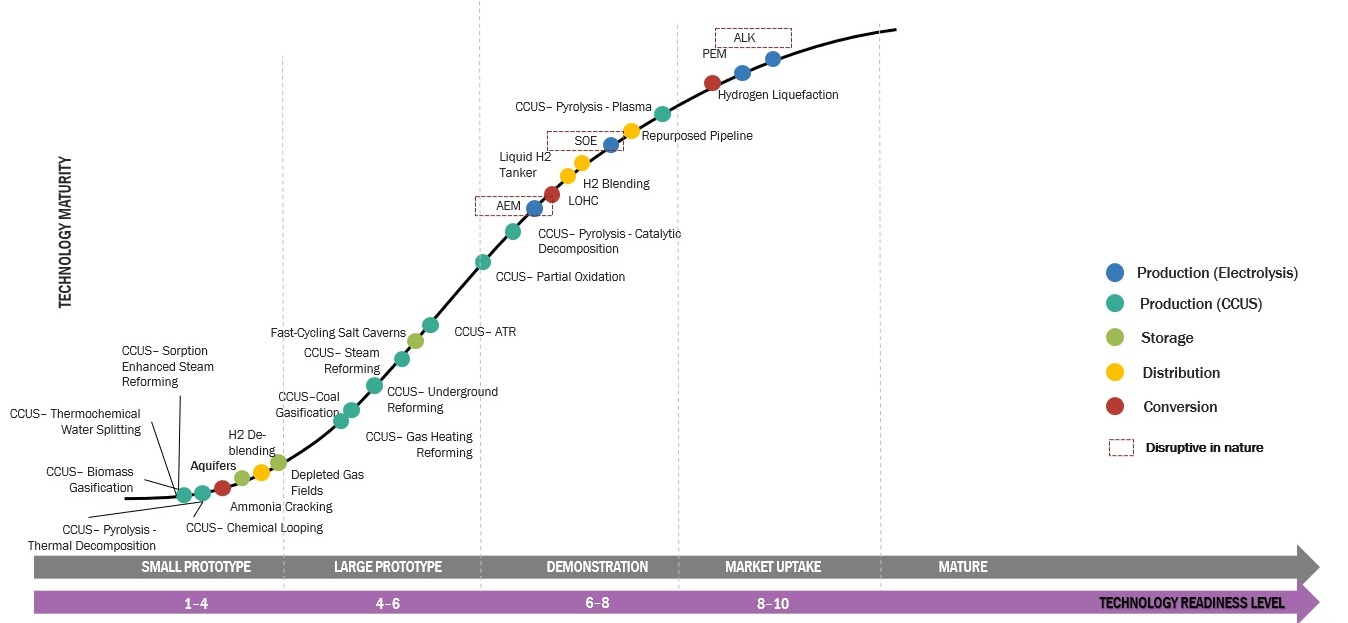Did you know that the global talent shortage is at a 17-year high? In 2023, 77% of employers report concern in filling the skill gap. Simultaneously, 97 million new roles are to emerge across the care economy, according to the World Economic Forum.
Though the numbers are scary, they speak the truth— finding and attracting top talent is going to be a critical challenge for businesses of all sizes. But regardless of the economic state, in today’s competitive job market, effective talent acquisition strategies are essential for an organization to succeed long-term.
In this blog, we will dive into the meaning and importance of talent acquisition and the various strategies needed to identify, recruit, and retain the top talent in your organization.
What Is Talent Acquisition Strategy?
A talent acquisition strategy is a long-term HR strategy that effectively aims at identifying, recruiting, and retaining top talents necessary to meet an organization’s current and future needs— giving the organization a competitive advantage.
Simply put, talent acquisition is a planned hiring action to fulfill and solve long-term organizational needs by building a high-performing and diverse workforce.
This brings the main question: with all the resources, market position, labor situation, and other competitive factors at hand, where and how can you get talented employees?
How to Create a Talent Acquisition Strategy?
6 ways of building an effective talent acquisition strategy:
1. Understanding Your Business Needs
2. Developing a Comprehensive Recruitment Plan
3. Defining Employer Brand
4. Embracing Data-Driven Decision Making
5. Implement Technology-Driven Solutions
6. Networking And Relation-Building
Let’s dive deep to understand each talent acquisition strategy and how to implement them.
1. Understanding Your Business Needs:
The first step of a talent acquisition strategy is to have an in-depth understanding of your organization’s goals for the next one to five years— short-term and long-term objectives. For instance, your company is about to launch its first online game. If so, perhaps your hiring department should focus on attracting talented game developers, coders, and writers.
Talent acquisition strategies begin with knowing more about your company— how it is going to expand long term, and then finding employees who can help take you there.
How to do it?
● Collaborate with department heads and know their requirements.
● Identify the key roles and skills required to achieve your broader business strategy.
2. Developing a Comprehensive Recruitment plan
Without a comprehensive recruitment plan, all your talent acquisition strategies will fail. A recruitment plan outlines your sourcing processes, selection criteria, interview processes, and timelines. With an all-time high skill gap with spiked competition in the market, it is increasingly becoming necessary to recruit fitting employees.
How to create a recruitment plan?
● Define roles and responsibilities within your recruitment team.
● Develop detailed candidate personas for the roles you’re hiring for.
● Include flexibility in your recruitment process.
● Ensure a proper background check.
● Keep stakeholders informed throughout the process.
3. Defining employer brand
Today’s workforce researches an organization before applying for it or joining it. This implies that your employer brand will be the first to interact with a potential candidate.
A strong employer brand is one of the foundational elements of successful talent acquisition. Your employer brand is reflected through your organization’s online presence, which talks about the company’s values, culture, mission, and overall employee experience. A positive employer brand can significantly impact your ability to attract top talent.
How to define and strengthen your employer brand?
● Consistently showcase your company culture across all communication— social media, blog posts, and videos.
● Highlight employee success stories and testimonials.
● Create a supportive and inclusive work environment for employees.
4. Embracing data-driven decision making
If your marketing and advertising campaigns require data before implementation, then why recruit without data?
Using data for strategizing talent acquisition is as important as marketing and advertising for business growth. In today’s data-driven landscape, organizations must harness data to effectively leverage data insights to help determine the fitting candidates for your job description. Data-driven talent acquisition strategies allow you to make informed decisions and refine your approach over time.
For data-driven decision-making, consider:
● Identifying areas of improvement in your talent acquisition process.
● Collecting and analyzing data on recruitment metrics, such as time-to-fill, cost-per-hire, and candidate satisfaction.
● Making evidence-based decisions on candidate selection.
5. Implementing technology-driven solutions
With technology, the talent acquisition process has revolutionized, making the process more efficient and data-driven. AI has become the game changer— from managing the candidate data to tracking their metrics, AI-powered tools save time and leverage talent acquisition strategies.
Ways to implement technology in your talent acquisition strategy:
● Use AI to screen resumes, like applicant tracking systems (ATS), to manage candidate data, automate repetitive tasks, and track recruitment metrics, and identify top candidates.
● Implement video interviews to assess candidates remotely.
● With data analytics, track the effectiveness of your recruitment efforts.
6. Networking and Relation-Building
Networking is an invaluable talent acquisition strategy. For a robust talent pool, you must consider looking at alternative sources (specialized online forums or candidates) even when you are not actively seeking a new employee. Expand your network and build relationships with industry professionals, attending conferences and participating in online forums. This way you may connect with potential candidates who may not be actively job hunting.
● To effectively network, you must:
● Attend industry-specific events and conferences.
● Join professional networking groups on platforms like LinkedIn and share insights related to your industry.
● Establish relationships with passive candidates who may consider new opportunities in the future.
Why Is Talent Acquisition Strategy So Important?
Talent acquisition is not just about filling vacant positions. This strategic practice is of paramount importance to organizations as it works to build a strong and dependable workforce, directly impacting their ability to thrive and remain competitive in today’s dynamic business landscape.
Here are the key points highlighting the importance of talent acquisition:
● Talent acquisition gives an upper hand in accessing top talent, ensuring a competitive advantage for the company.
● Strategized talent acquisition supports organizational growth with a diverse talent pool that brings a variety of perspectives and ideas.
● Hiring the right people improves overall employee performance and contributes to achieving business goals.
● It also leads to higher employee satisfaction and engagement, positively affecting productivity and retention in the organization.
● Strategic talent acquisition reduces turnover and ensures the availability of potential leaders and managers for future roles within the company.
● With talent acquisition, the company’s overall performance boosts and promises long-term viability.
Conclusion
In today’s competitive job market, for your business to succeed long-term, you must attract and retain talented employees regardless of vacant roles. Talent acquisition has become more critical than ever. Effective talent acquisition strategies give your organization a competitive advantage while solving long-term organizational needs. But remember that talent acquisition is an ongoing process, so adapting to changing market dynamics and altering candidate preferences is pivotal to long-term success.
Now that you understand effective talent acquisition strategies, make sure to fill the talent gap and build a high-performance team that drives your organization’s success.





